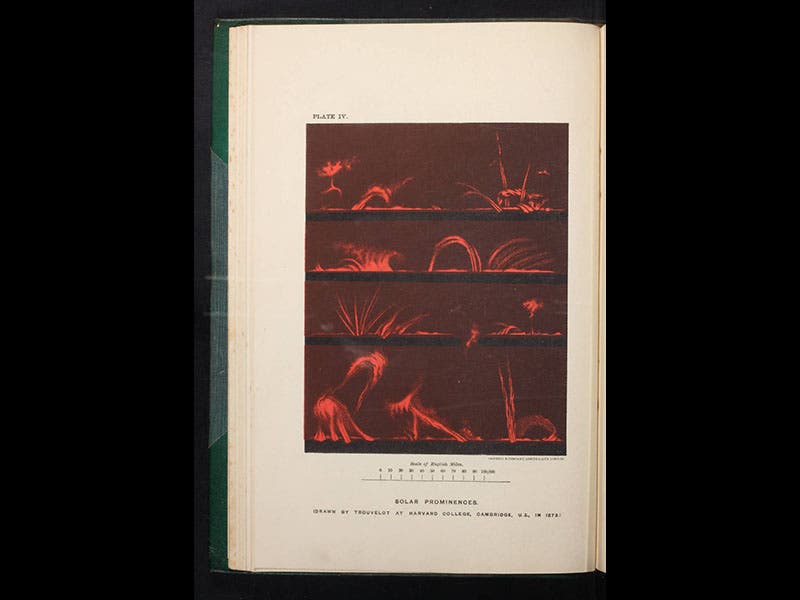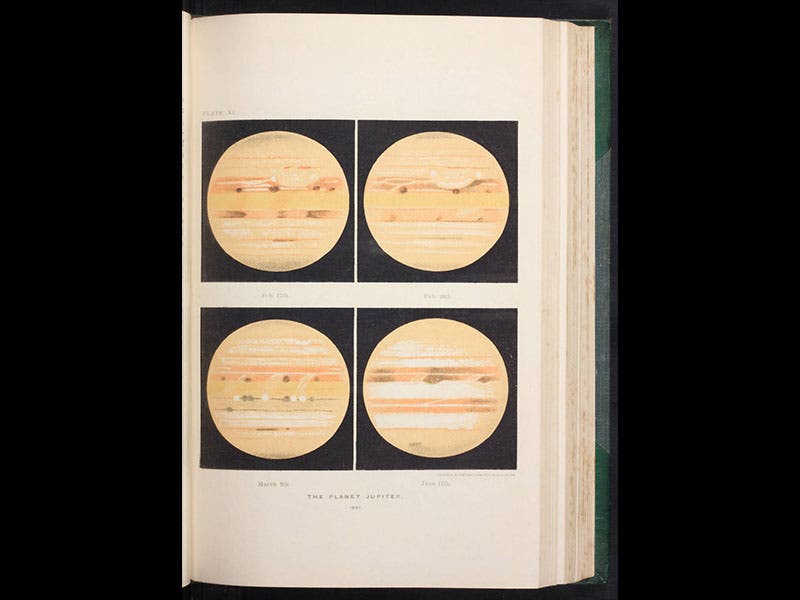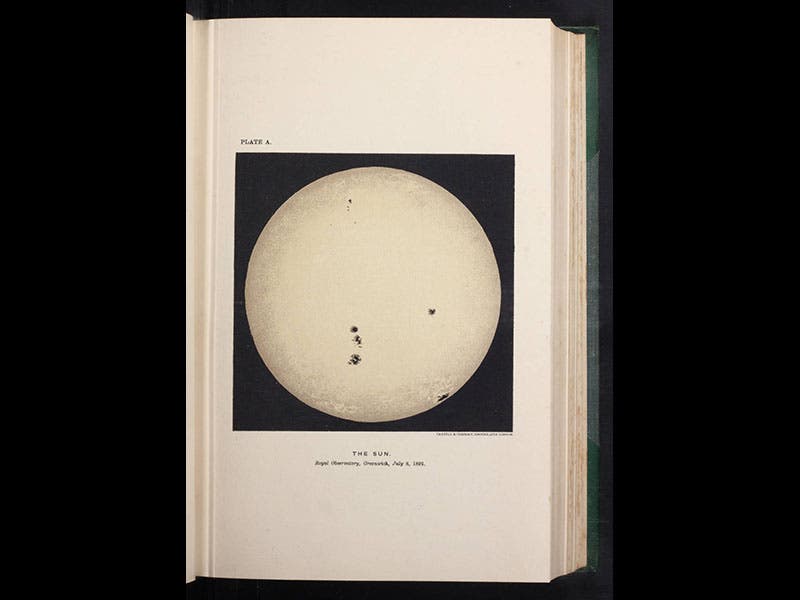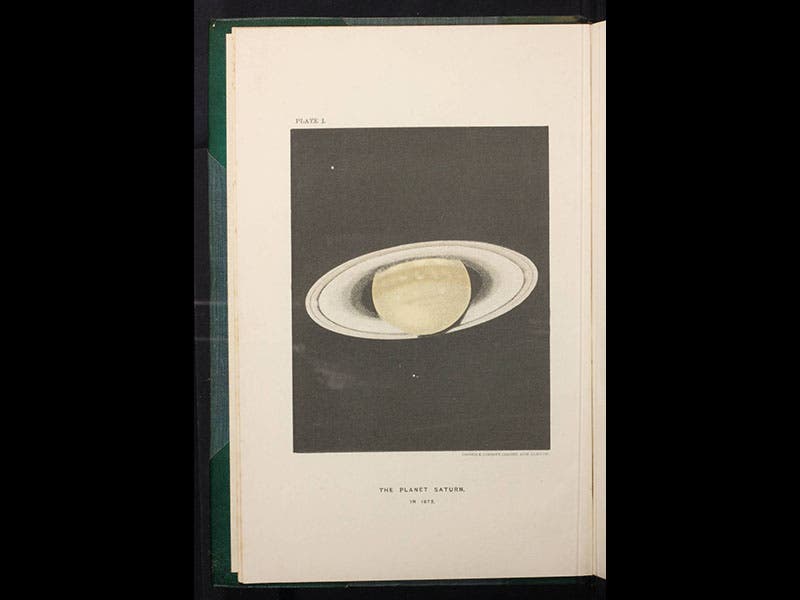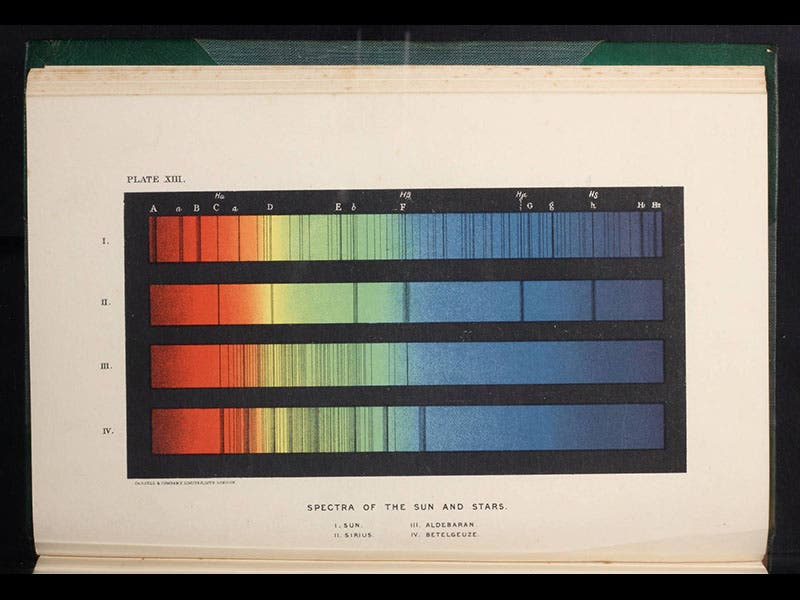Scientist of the Day - Robert Stawell Ball
Robert Stawell Ball, an Irish astronomer and popular writer, was born July 1, 1840. In 1864, Ball became tutor to the three children of William Parsons, the third Earl of Rosse, who had built the largest telescope in the world on his estate in Ireland, a reflector with a six-foot mirror known as the “Leviathan of Parsonstown,” It was there and then that Ball began his lifetime love affair with astronomy, and he would rise to become professor of astronomy at both Trinity College, Dublin, and the University of Cambridge.
But it is for his popular books on astronomy that Ball is best remembered. He was an outstanding public lecturer on astronomical subjects, and he had a way of turning those lectures into exciting essays that the public loved to read. His most popular work was The Story of the Heavens, which came out in 1885 and went through edition after edition. What distinguishes Ball’s books from the many other popular astronomy books of the period are the illustrations, which were drawn from the latest available images and were often printed in color, which was quite unusual for the time.
We have 6 editions of Ball’s book in the Library, including the first of 1885; the edition of 1901 is available online. We show five plates from the 1901 edition above, depicting solar prominences; views of Jupiter; the face of the spotted sun; Saturn; and solar and stellar spectra. Several of these plates were taken from lithographs by Etienne Trouvelot that had recently been published by Harvard College Observatory. The photograph of Ball shows him in 1873.
Dr. William B. Ashworth, Jr., Consultant for the History of Science, Linda Hall Library and Associate Professor, Department of History, University of Missouri-Kansas City. Comments or corrections are welcome; please direct to ashworthw@umkc.edu.


